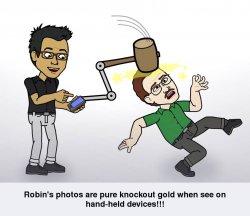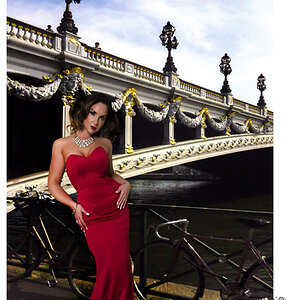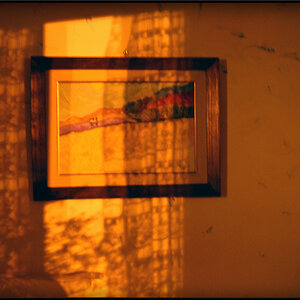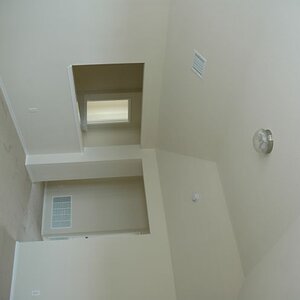Gavjenks
TPF Noob!
- Joined
- May 9, 2013
- Messages
- 2,976
- Reaction score
- 588
- Location
- Iowa City, IA
- Can others edit my Photos
- Photos OK to edit
Your word choices of "dumb" and "lowest" imply that there's something less CORRECT about the calibration of typical consumer electronic devices, and something more CORRECT about printers' standards.dumb everything down to the lowest common denominator
That would be an error, though. There's not. Nothing is more right or wrong about either of them. The right choice for calibration as an artist is the one that matches your intended work's viewing conditions. Purely relative.
In other words, it is equally "dumb" to calibrate to printers' standards if you never print your work as it would be to calibrate to iphones if you always print your work.














